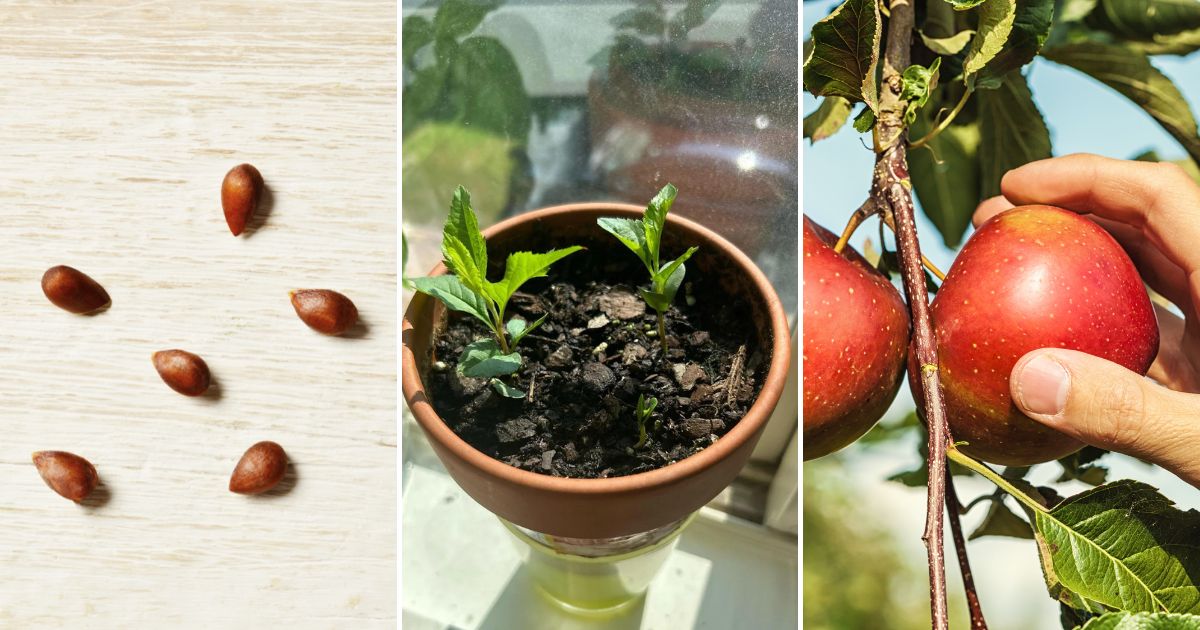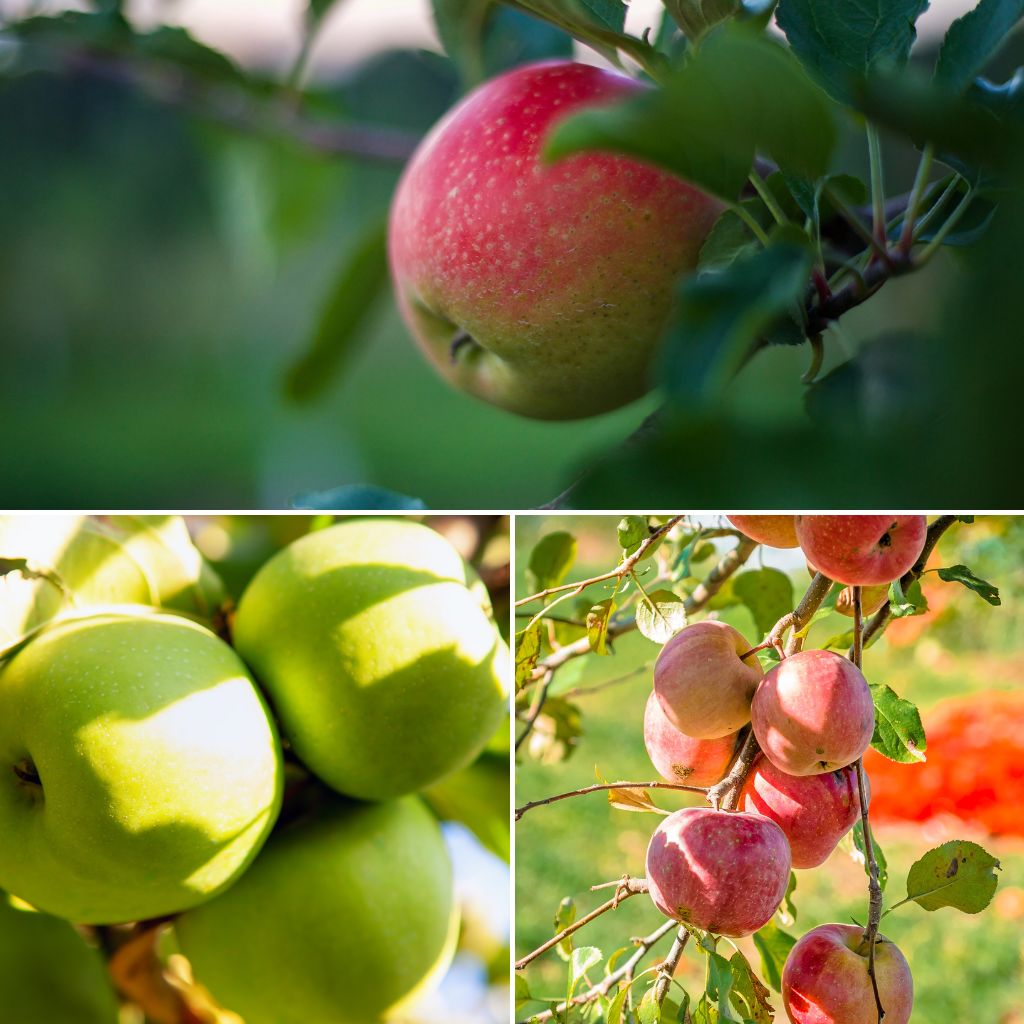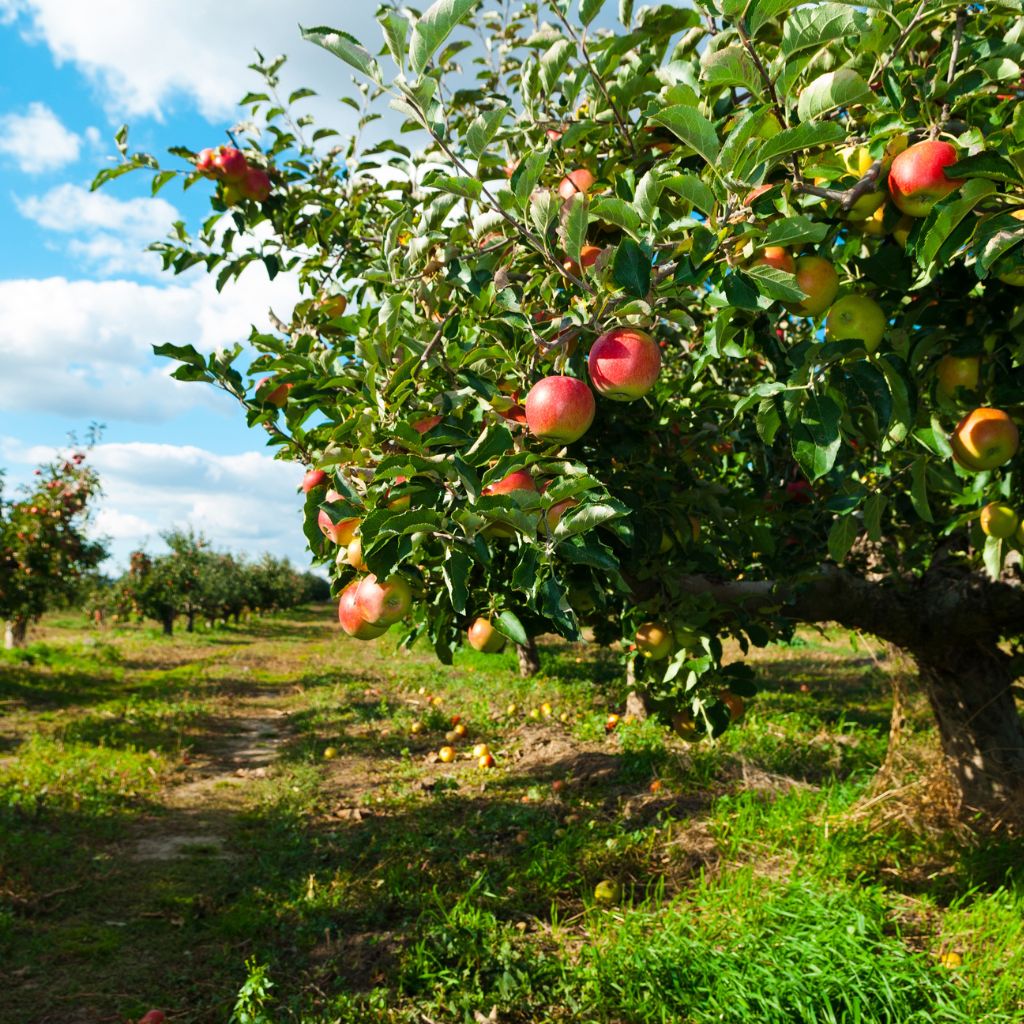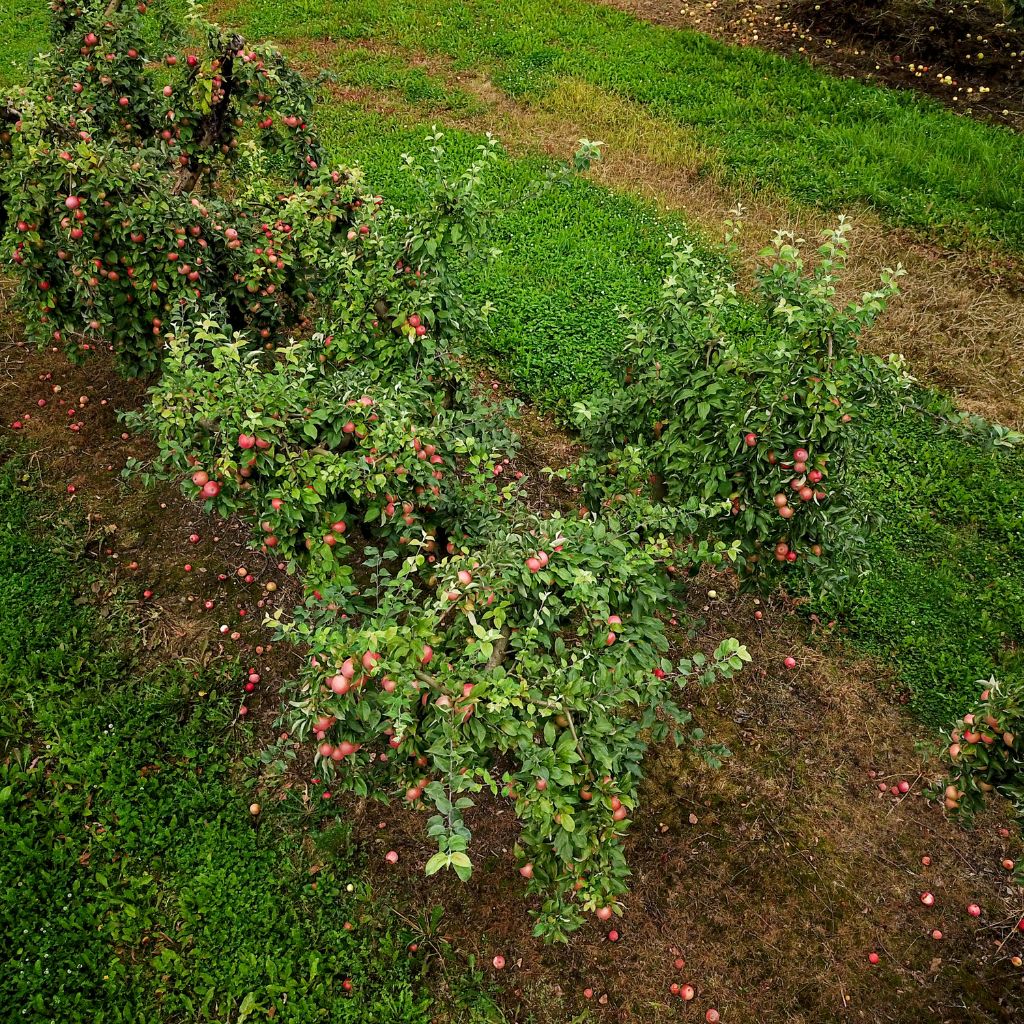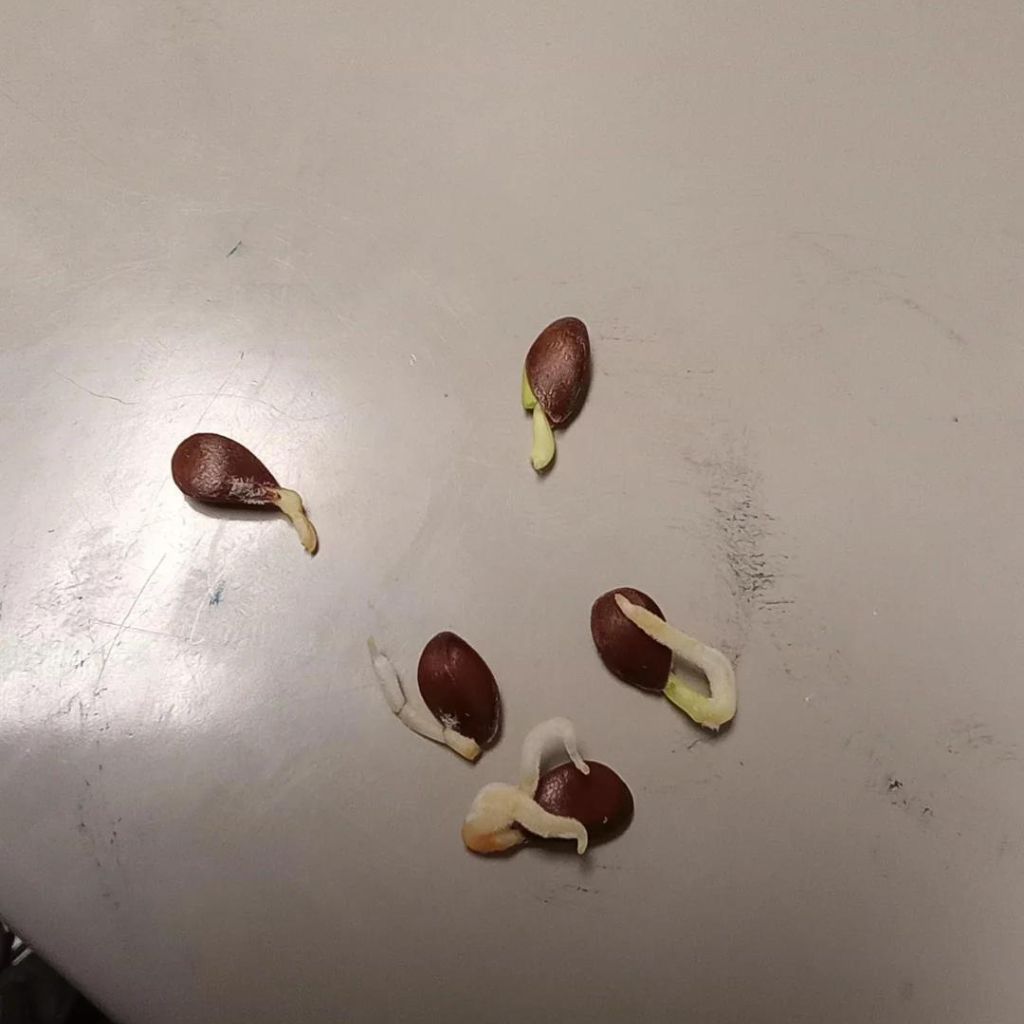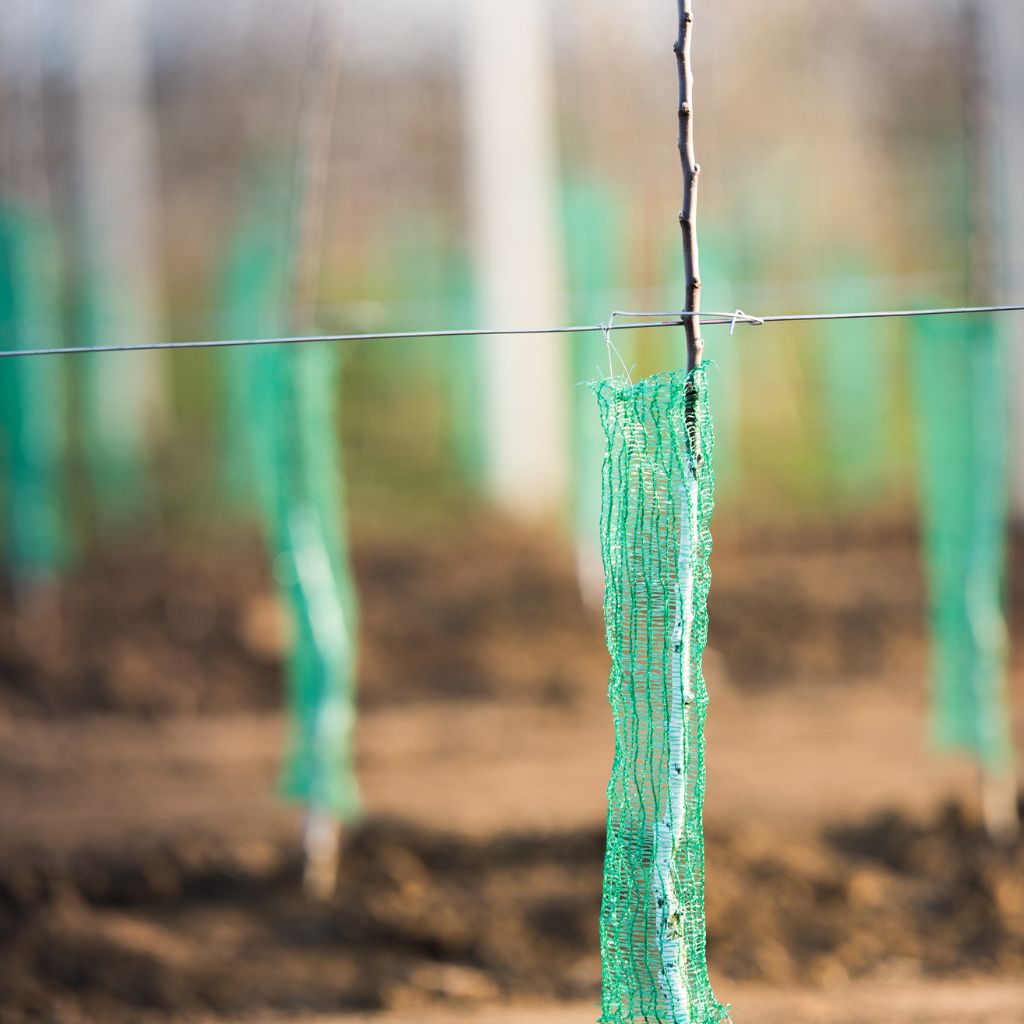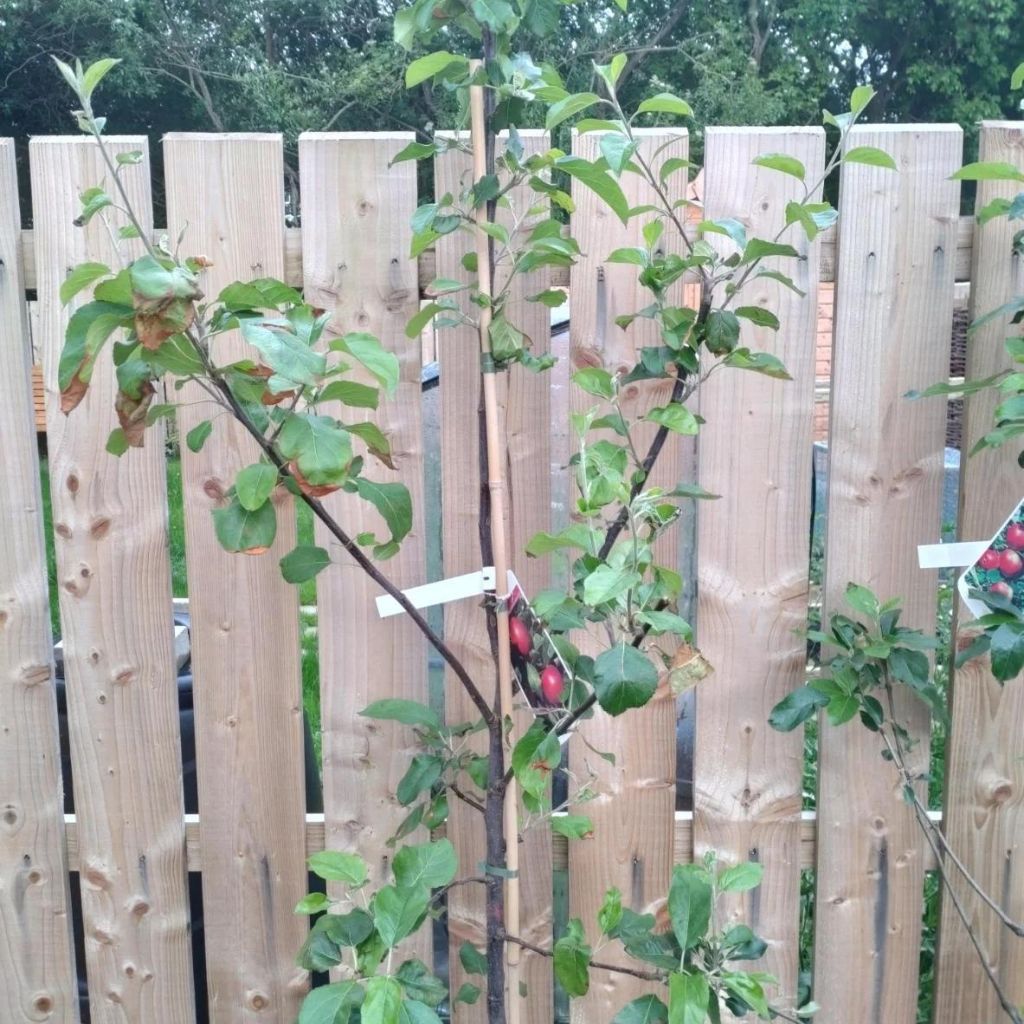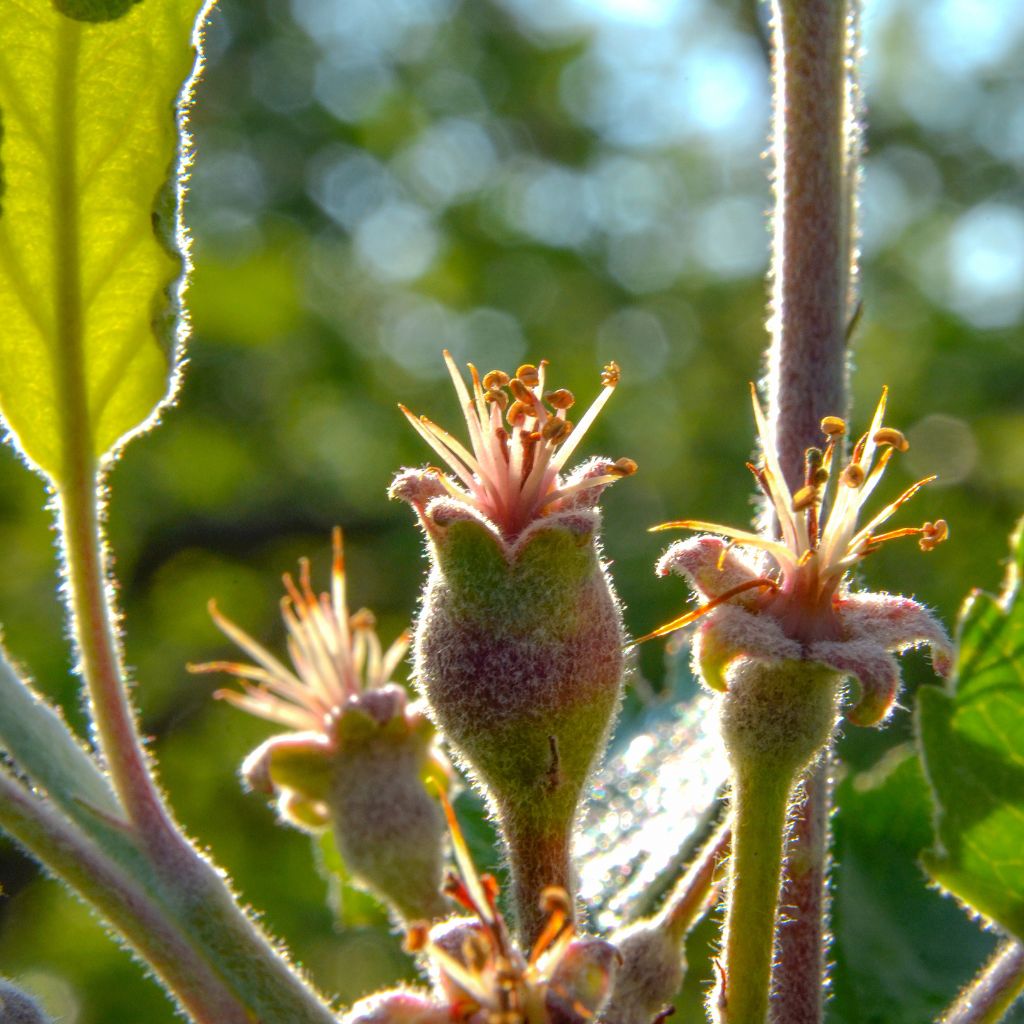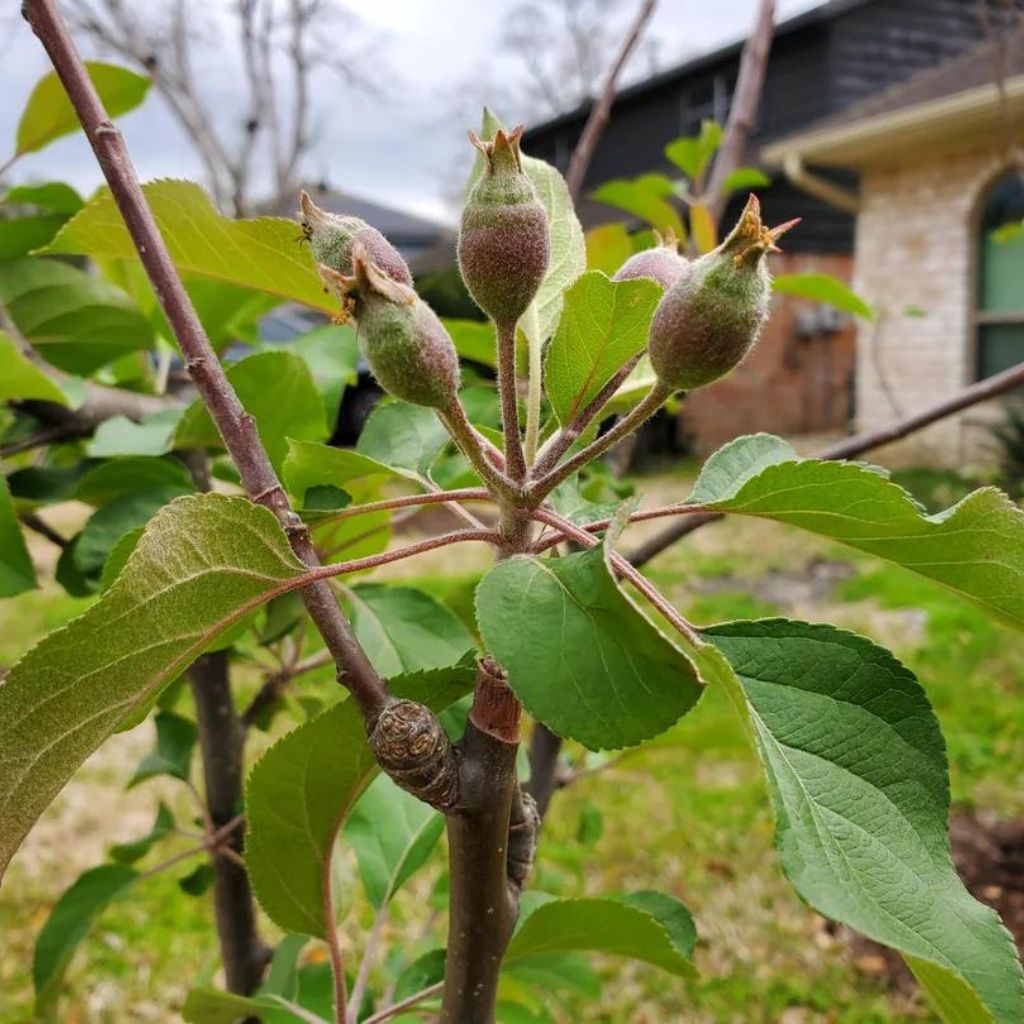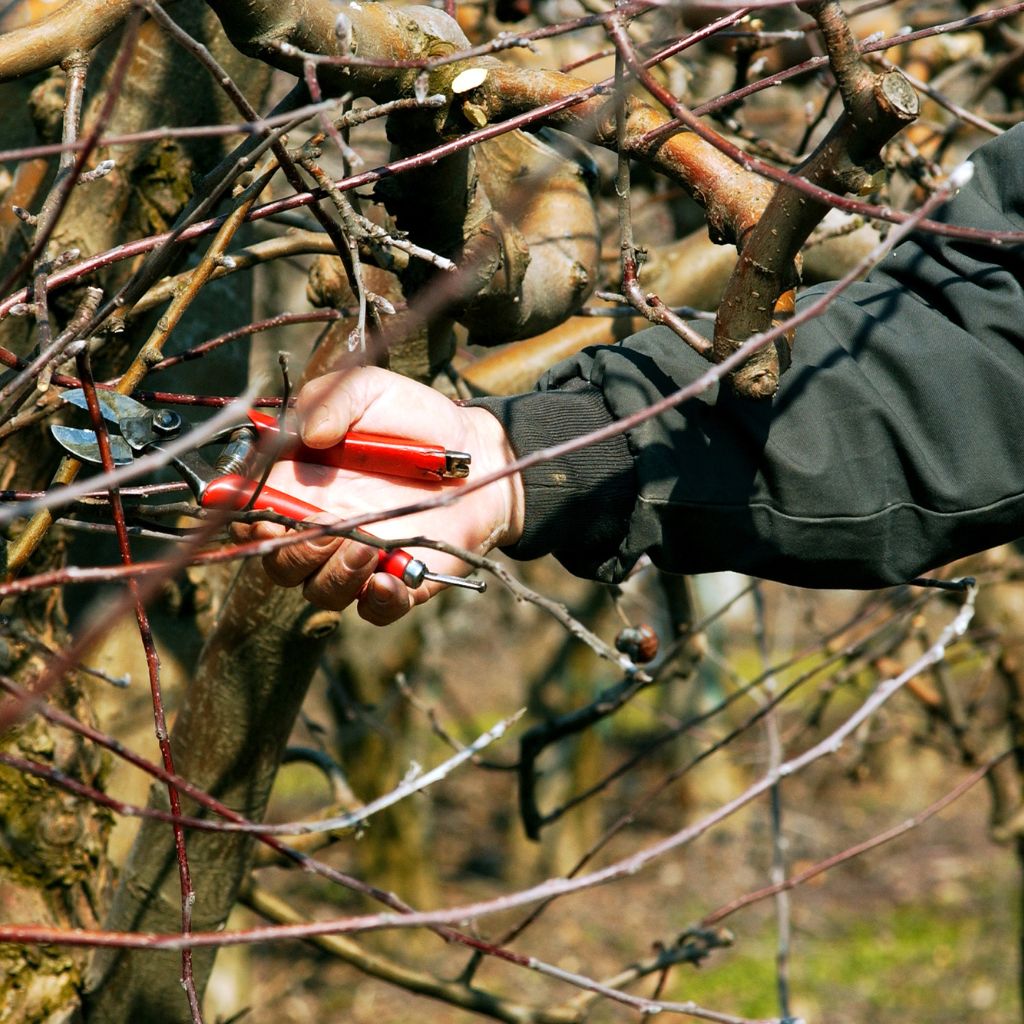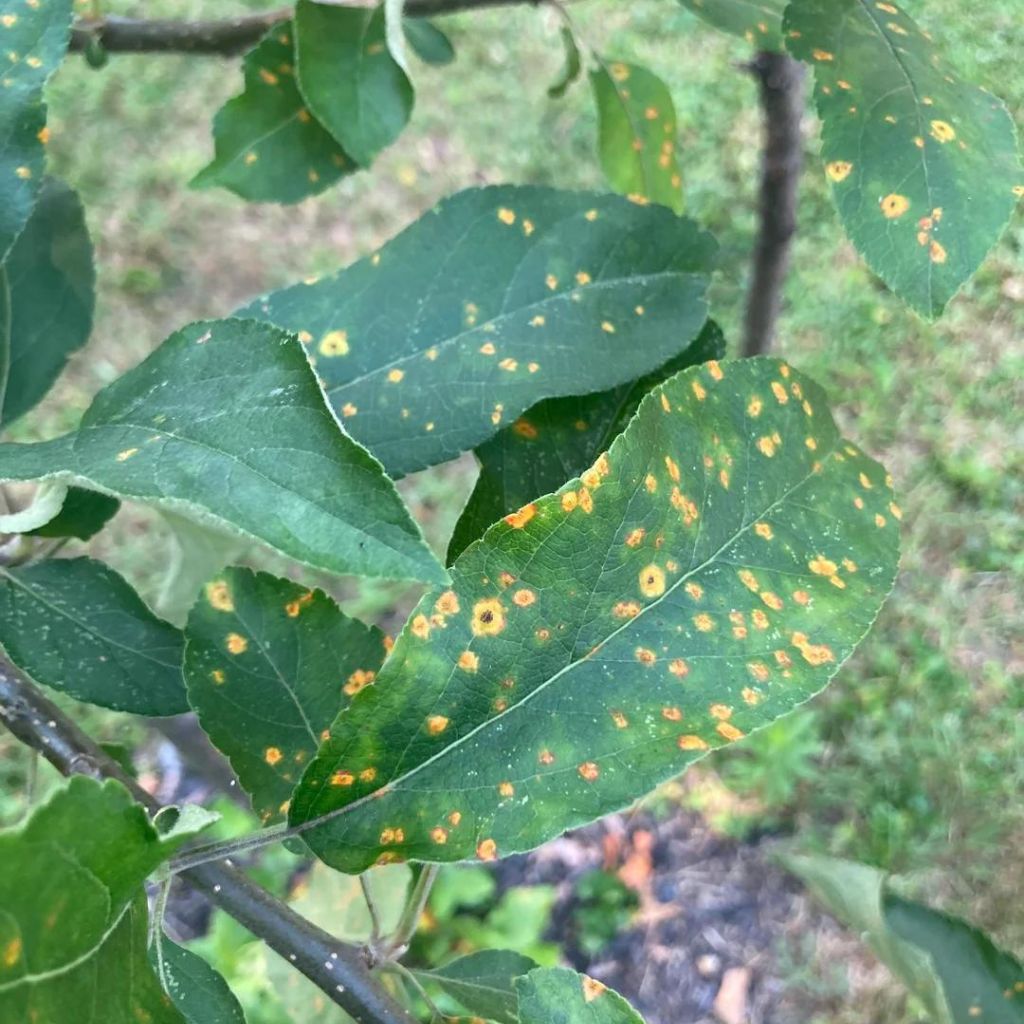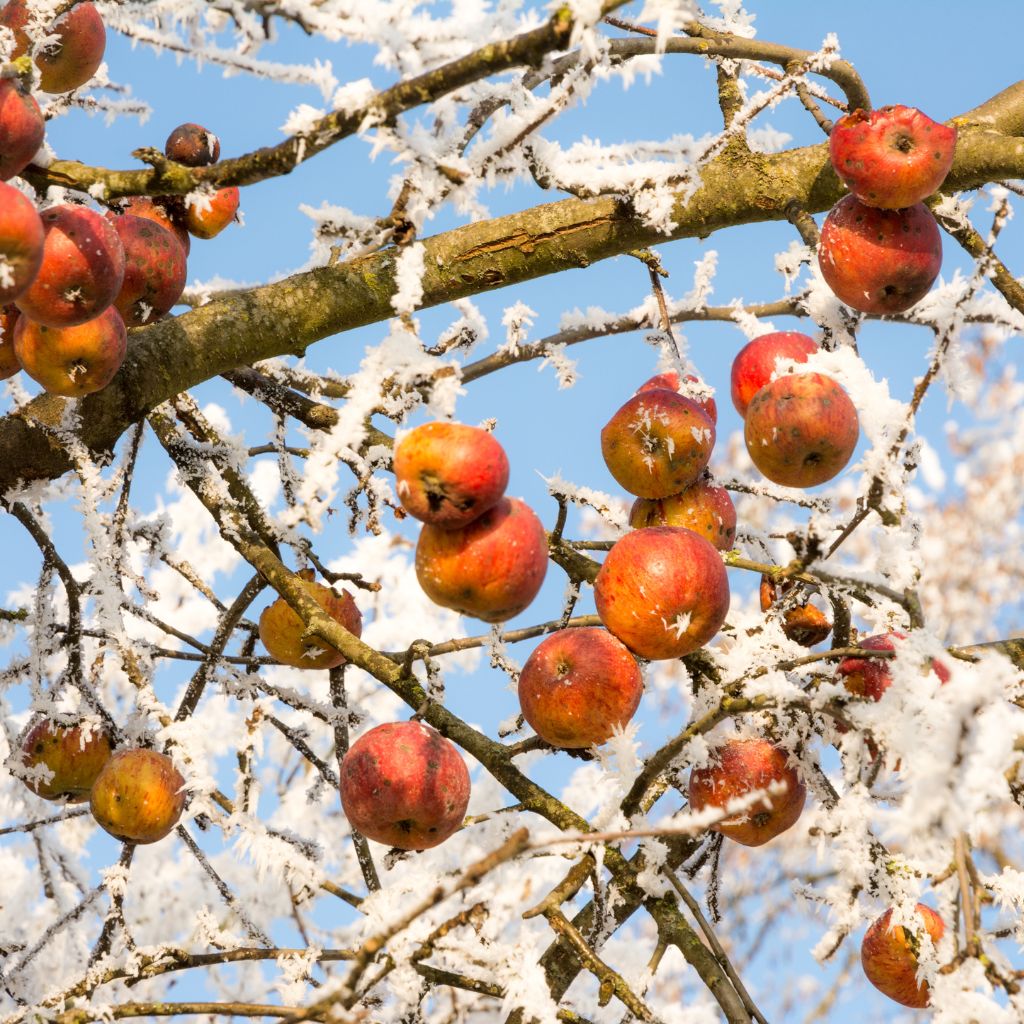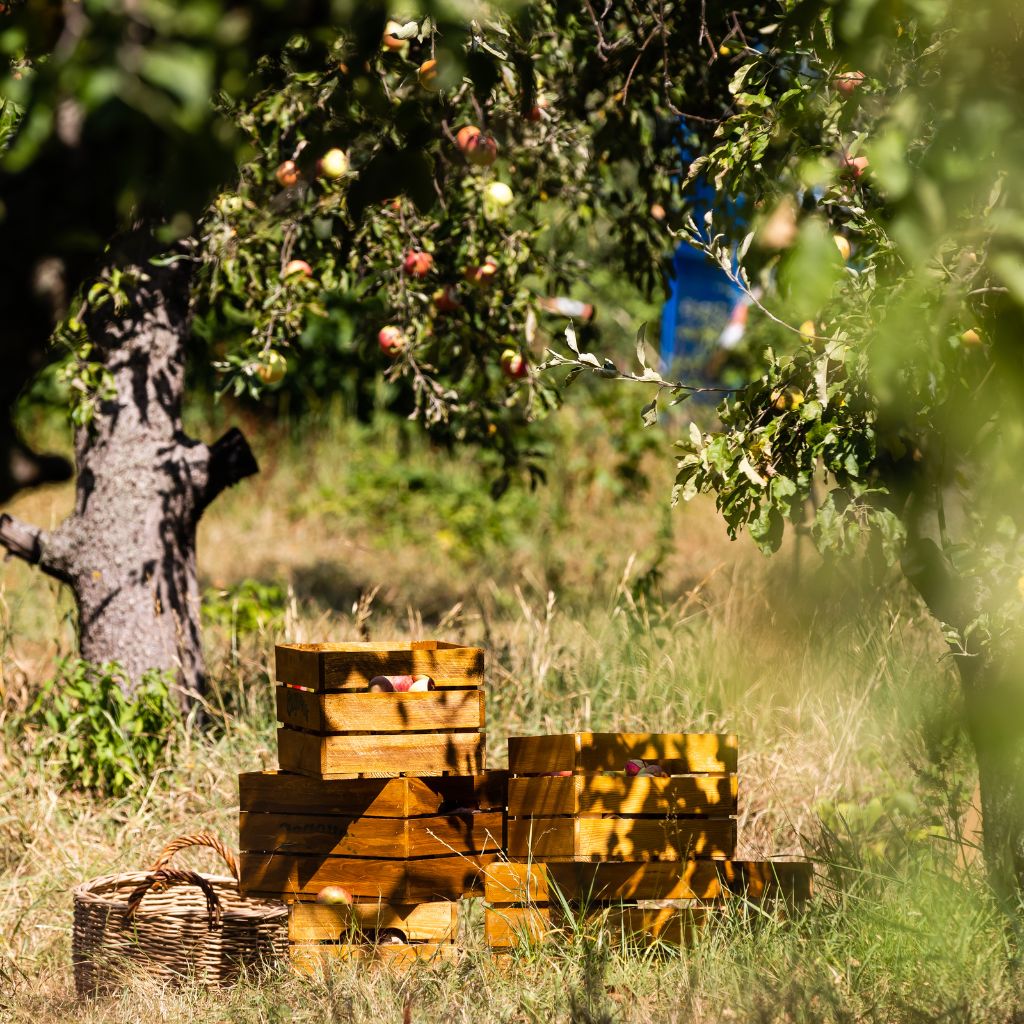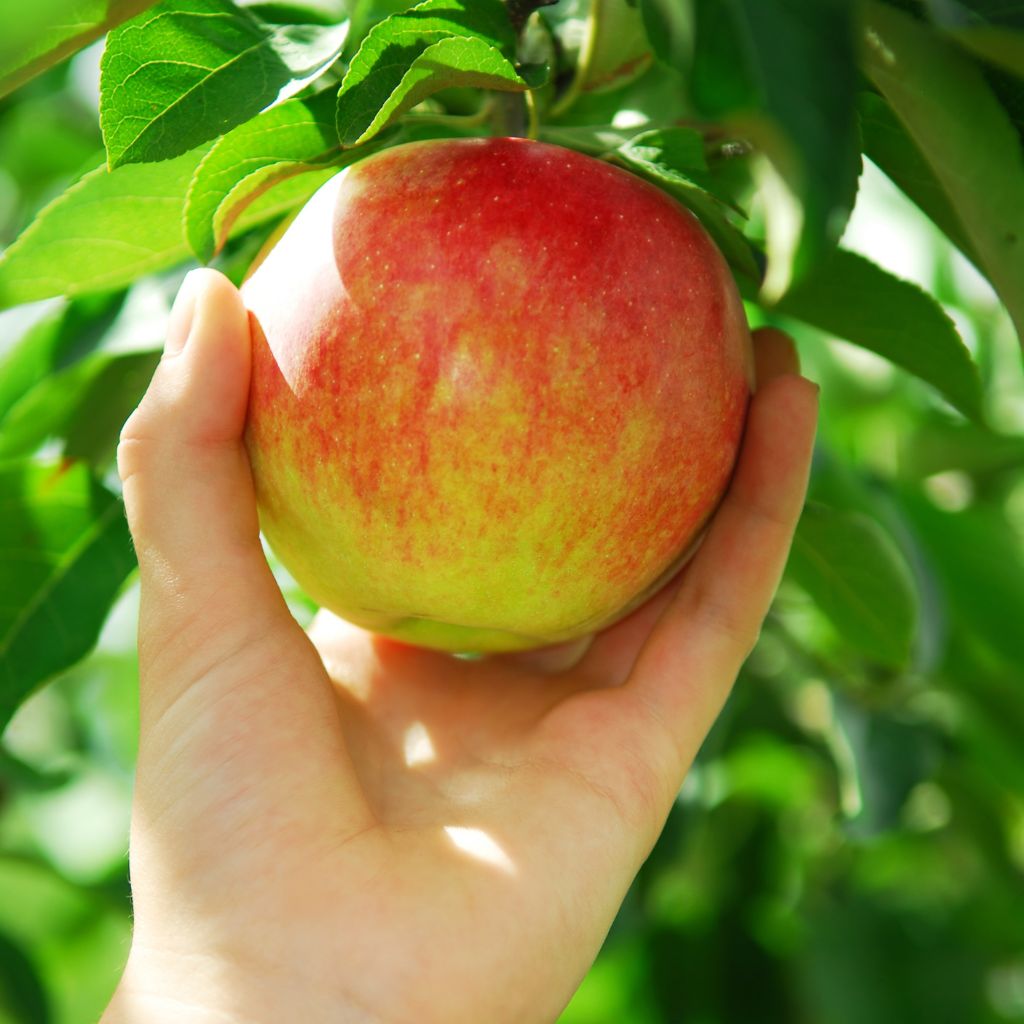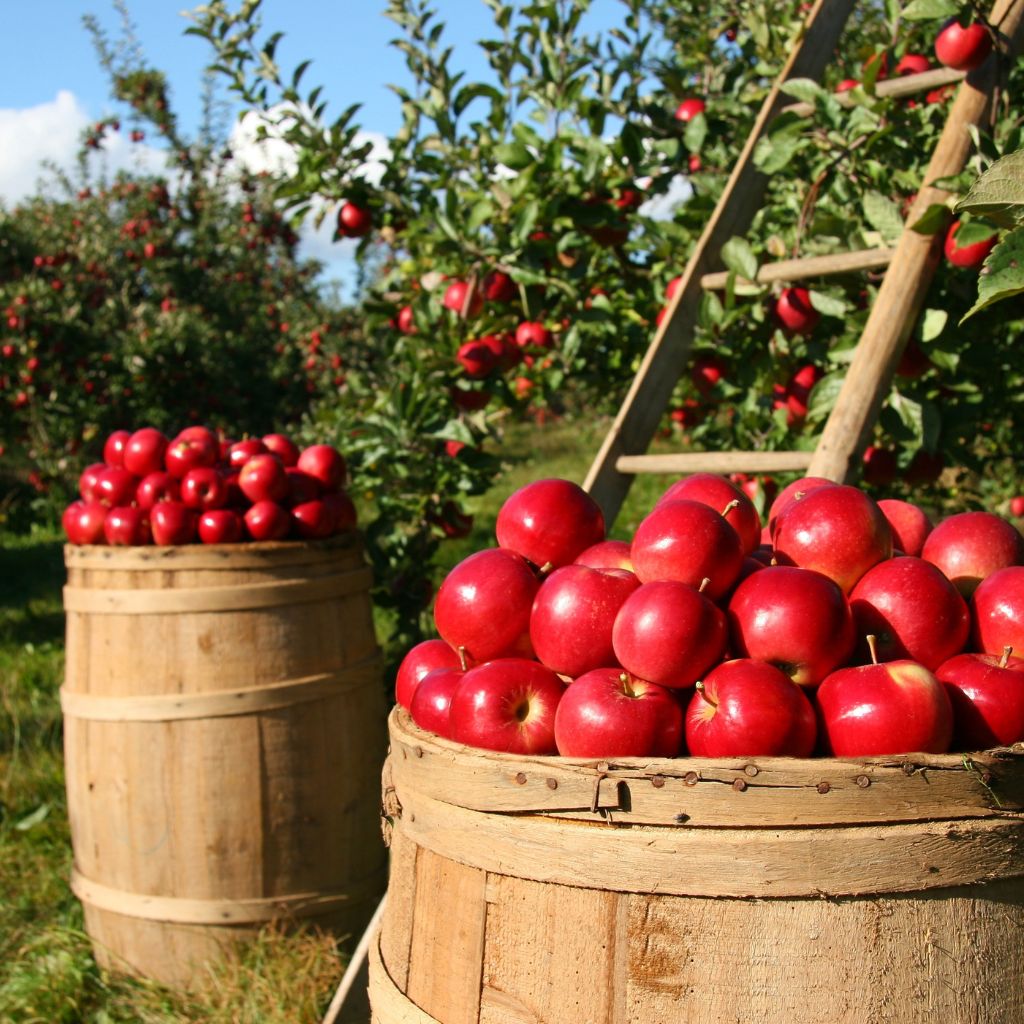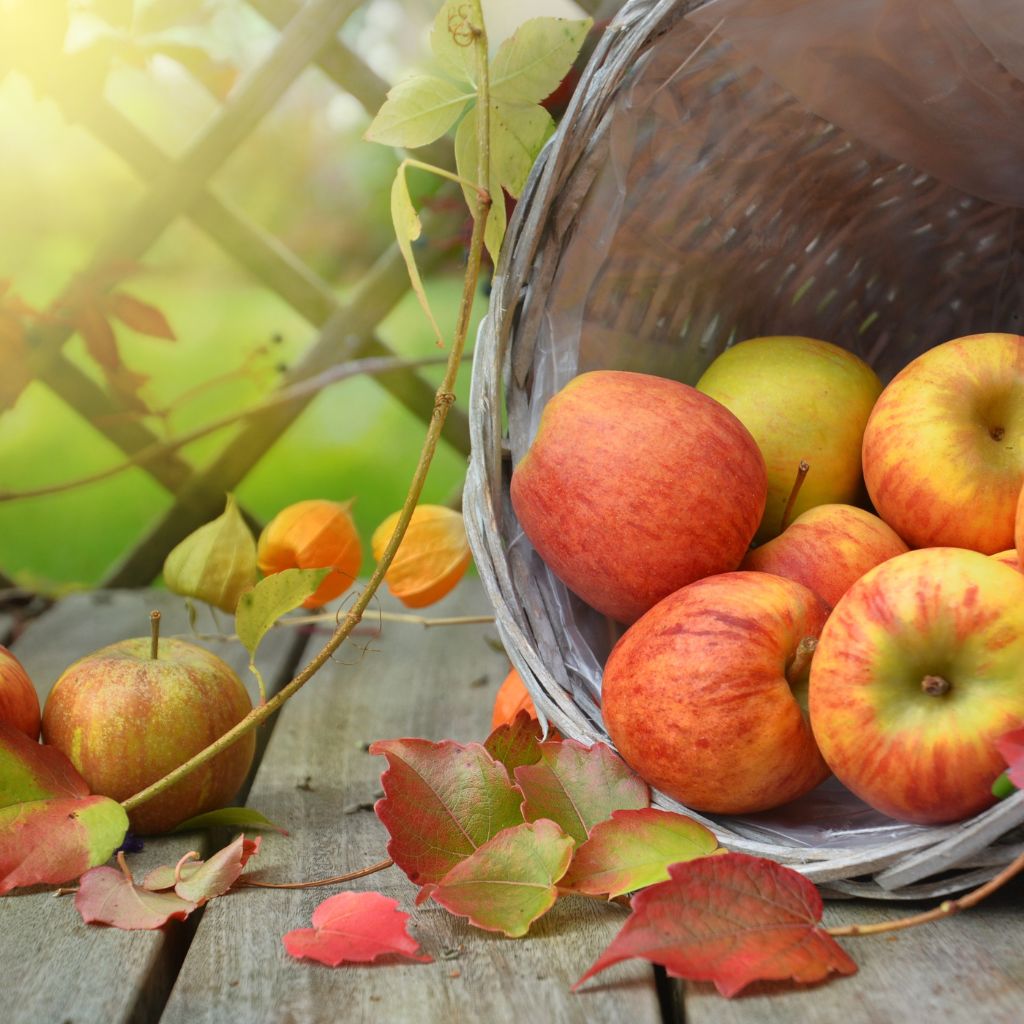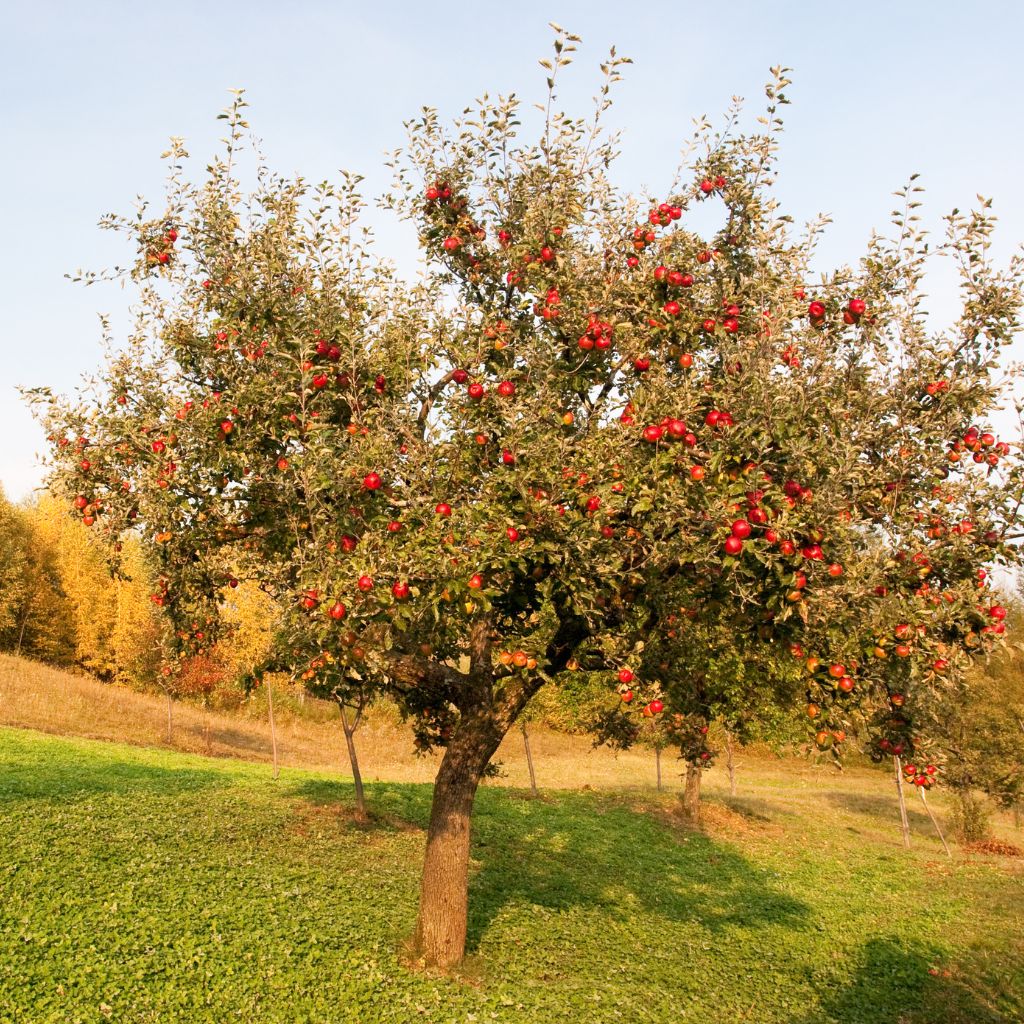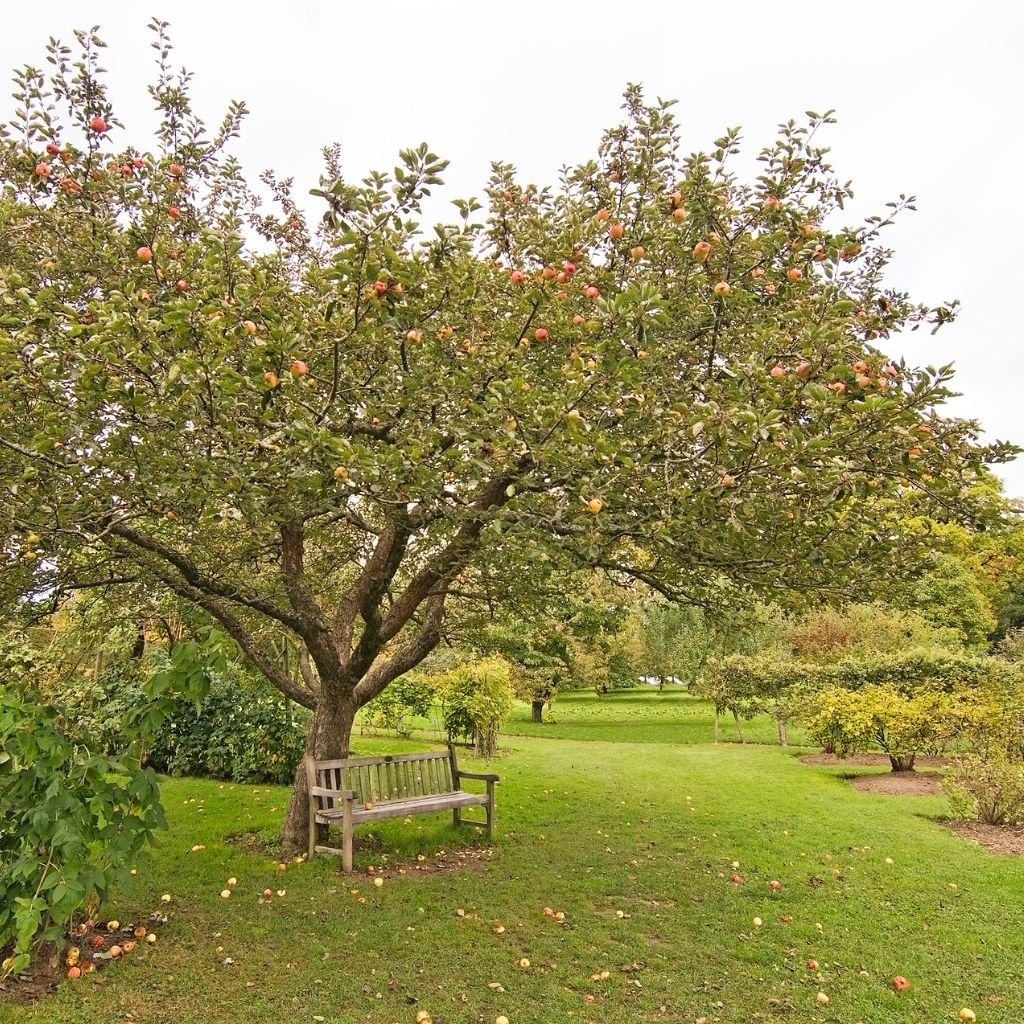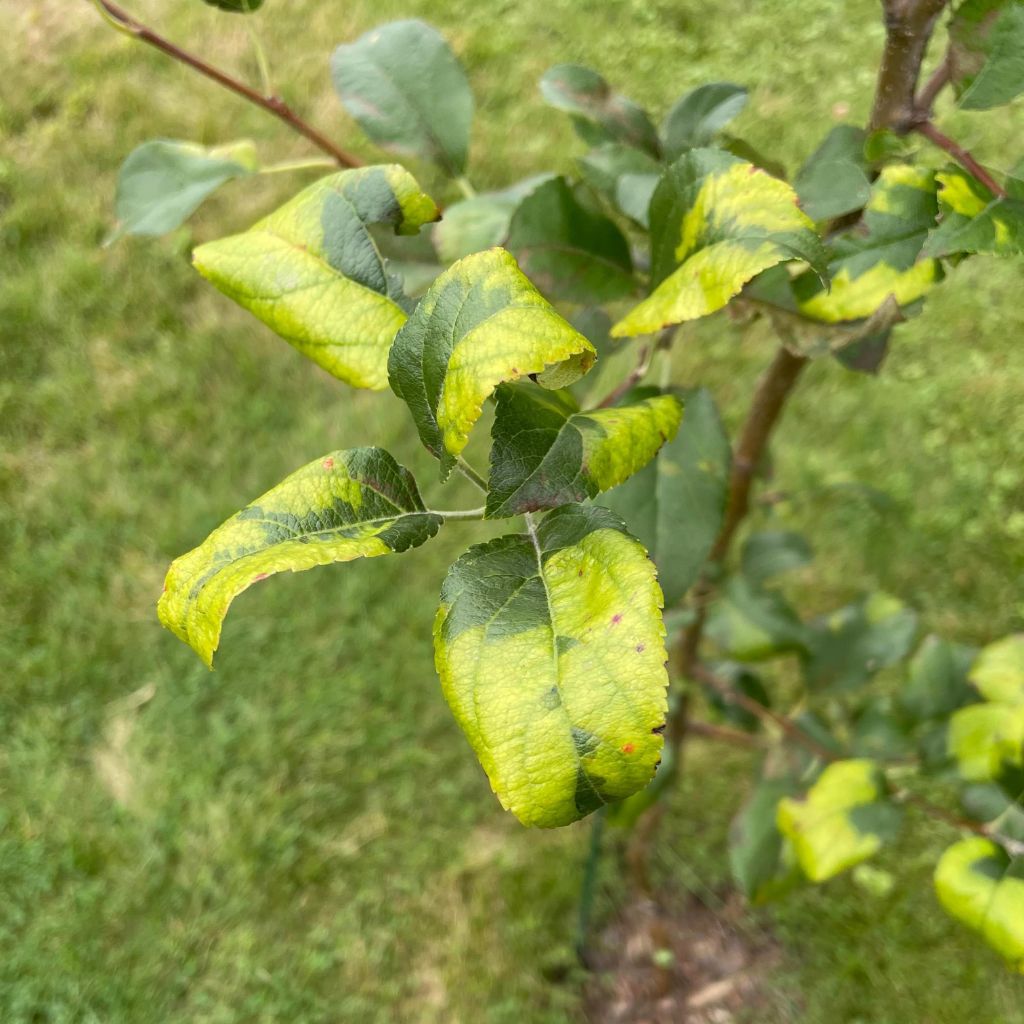Imagine picking fresh apples right from your backyard! Let’s explore how you can make this dream a reality.
Growing your own apple tree can be a rewarding and satisfying experience. With the right guidance, you can cultivate healthy trees that produce delicious apples for years to come.
This guide will walk you through each step, making it easy to start your journey into apple cultivation, regardless of your gardening skills.
From selecting the right variety to understanding soil and sunlight requirements, every detail matters. You’ll learn how to care for your tree and what to expect throughout the seasons.
Understanding the Basics of Apple Trees
Growing apple trees starts with knowing the types available and the environment they thrive in. Proper selection and care can lead to a bountiful harvest.
Varieties of Apple Trees
There are many apple tree varieties to choose from, each with unique characteristics. Some popular varieties include:
Honeycrisp: Known for its crisp texture and sweet flavor.
Granny Smith: Tart and ideal for baking.
Fuji: Crisp and sweet, excellent for eating fresh.
When selecting a variety, consider your climate and intended use. Each variety has different chill hour requirements and resilience to pests or diseases. This knowledge helps ensure successful growth and fruitful yields.
Climate and Soil Requirements
Apple trees prefer temperate climates with distinct seasons. They need:
Chill Hours: Most varieties require 600-1,000 chill hours (periods of cold) during winter.
Sunlight: Full sun is essential, aiming for at least 6-8 hours daily.
Soil plays a crucial role in growth. Well-draining soil with a pH of 6.0 to 7.0 is ideal. You can improve soil quality by adding organic matter, such as compost. Regular testing can help maintain nutrient levels vital for healthy tree growth.
Pollination Essentials
Many apple varieties are not self-pollinating. To produce fruit, you often need at least two different varieties. Cross-pollination leads to better fruit set and larger yields.
Consider planting compatible varieties nearby. Bees and other pollinators are critical in transferring pollen.
To attract them, plant flowering plants nearby and avoid using pesticides during blooming periods. Proper pollination ensures a more fruitful harvest in the fall.
Planning Your Planting
Taking the time to plan your apple tree planting is essential for successful growth and development. Consider the location, the number of trees you want, and where to purchase them to set yourself up for success.
Choosing the Right Location
Selecting the right spot for your apple trees is crucial. Look for a location that receives full sunlight for at least six to eight hours daily. Adequate sunlight helps in fruit production and overall health.
Ensure the soil is well-draining, as standing water can harm the roots. Conduct a soil test to check pH levels; apple trees prefer a pH between 6.0 and 7.0.
Also, consider the proximity to windbreaks or structures that might provide shelter without blocking sunlight. Keep in mind that mature trees need enough space for air circulation, so aim for a distance of at least 15 to 20 feet between trees.
Deciding on the Number of Trees
Determining how many apple trees to plant depends on your space and how many apples you want. If you have limited space, consider dwarf or semi-dwarf varieties, which require less area and produce a reasonable yield.
For home orchards, a good starting point is to plant at least two trees for cross-pollination, which enhances fruit set. Depending on your consumption needs, you might want to plant anywhere from 2 to 10 trees.
Think about your long-term goals as well. More trees can mean more apples, but they will also require more care, including pruning and pest management. Make sure you’re ready to commit the time needed for their upkeep.
Purchasing Your Apple Trees
When it’s time to buy your apple trees, choose reputable nurseries that offer healthy and disease-resistant varieties. Look for bare-root trees in early spring or potted trees for planting in spring or fall.
You can select from a range of apple varieties, including sweet, tart, and those that are great for baking. Check for local growing conditions to find what suits your climate best.
Compare prices and health of the trees before making your decision. Healthy roots are more crucial than a thick trunk, so inspect the roots if you’re buying bare-root options. A healthy start can lead to a fruitful future for your apple trees.
Planting Your Apple Tree
Planting your apple tree is an exciting step that requires careful timing and preparation. The right conditions can ensure your tree thrives in its new environment.
Best Time to Plant
The ideal time to plant an apple tree is during the dormant season, which typically falls between late fall and early spring. Planting during these months allows the roots to establish before the growing season begins.
If you’re in a warmer climate, consider planting in late winter. In cooler regions, aim for early spring. Avoid planting during extreme weather conditions, such as frost or heat waves, as these can stress the young tree.
Preparing the Planting Site
Choosing the right location is crucial for your apple tree’s success. Select a spot that receives full sunlight for at least six to eight hours each day. Good air circulation helps prevent diseases.
Next, ensure the soil drains well, as soggy soil can harm the roots. You can improve drainage by adding organic matter, like compost. Aim for a soil pH of 6.0 to 7.0, which is ideal for apple trees.
Before planting, remove weeds and grass from the area to reduce competition for nutrients. Clear a space approximately 3 feet in diameter around the planting site.
The Planting Process
Start by digging a hole that is about twice the width and the same depth as the root ball of your sapling. This ensures that the roots have room to spread out comfortably.
Once the hole is ready, place the tree in the center, making sure the graft union (the swollen area where the tree was grafted) is above the soil line. This is essential for the health of the tree.
Backfill the hole gently, pressing the soil around the roots to eliminate air pockets. Water thoroughly after planting to help the soil settle. A 2-3 inch layer of mulch around the base can retain moisture and suppress weeds.
Caring for Your Apple Tree
Caring for your apple tree involves several key practices that ensure its health and productivity. Prioritize proper watering, mulching, fertilizing, and pruning to foster robust growth and fruit production.
Watering Regimen
Maintaining a consistent watering schedule is crucial for your apple tree. Newly planted trees require a deep watering every week for the first year, about 10-15 gallons per session.
As your tree matures, adjust the regimen based on rainfall and soil type. If the soil feels dry at a depth of 2-3 inches, it’s time to water. In summer, consider watering every two weeks during dry spells. Avoid over-watering, which can lead to root rot.
Mulching and Fertilizing
Applying mulch around your apple tree helps retain soil moisture and suppress weeds. Use organic materials like wood chips or straw, spreading it 2-4 inches deep in a 3-foot radius around the trunk.
For fertilization, it’s important to use a balanced, slow-release fertilizer in early spring. Follow the instructions for application based on your tree’s age and size.
Regular soil testing can help determine nutrient deficiencies, ensuring your tree receives what it needs to thrive.
Pruning Techniques
Pruning enhances air circulation, sunlight penetration, and encourages healthy growth. Start in the late winter or early spring when the tree is still dormant. Remove any dead or diseased branches first.
Focus on shaping the tree to maintain an open center, which allows light to reach all parts. Aim for an open vase shape with 3-5 main branches.
Use clean, sharp tools to make cuts, and always cut just above a node. Regular pruning not only improves health but can also boost fruit yield.
Protecting Your Tree
To ensure your apple tree thrives, it’s important to focus on protecting it from pests, diseases, and harsh weather conditions. Proper care in these areas will promote healthy growth and fruit production.
Pest Management
Pests can damage your apple tree at various stages of growth. Regularly inspect your tree for signs of common pests like aphids, spider mites, and codling moths.
Here are some effective pest management strategies:
Handpicking: Remove larger visible pests by hand. Check the leaves and fruit carefully.
Natural Predators: Encourage beneficial insects, such as ladybugs and lacewings, which feed on harmful pests.
Organic Insecticides: If infestations occur, consider using organic options like neem oil or insecticidal soap. Always follow the label instructions for application rates and timing.
Preventive measures are key. Keep the area around your tree clean and free from fallen fruit to deter pest attraction.
Disease Prevention
Diseases can significantly affect your apple tree. Fungal infections like apple scab and powdery mildew are common concerns.
To combat these diseases:
Choose Resistant Varieties: When selecting your apple tree, opt for varieties resistant to local diseases.
Proper Pruning: Keep your tree well-pruned to improve airflow and reduce humidity, which can foster diseases.
Fungicides: Apply fungicides during the growing season as a preventive measure. Make sure to follow product guidelines for the best results.
Monitor your tree closely, especially in wet conditions, and remove any infected leaves or limbs promptly.
Weather Protection
Extreme weather conditions can stress your apple tree and affect its growth. It’s crucial to prepare your tree for both frost and heat.
Consider these protective measures:
Mulching: Apply a 2-3 inch layer of mulch around the base of your tree. This helps retain moisture and regulates soil temperature.
Frost Protection: Use a frost cloth or burlap to cover your tree during unexpected cold snaps, especially when young.
Shelter from Wind: If you live in a windy area, consider planting a windbreak or using stakes to provide temporary support for young trees.
Harvesting Your Apples
Knowing when and how to harvest your apples is crucial for enjoying the best flavor and quality. This involves recognizing ripeness, using proper techniques, and understanding how to store your apples effectively.
Recognizing Ripeness
To determine if your apples are ripe, observe their color and firmness. Most varieties will change color significantly as they mature. For example:
Red Apples: Should display a bright red hue.
Green Apples: May turn slightly yellow or soften.
You can also check for a slight give when you press the apple gently. Another method is to taste a sample; ripe apples will have a sweet and flavorful profile. Lastly, look for smooth skin without blemishes, as this indicates health and ripeness.
Harvesting Techniques
When it’s time to harvest, use the right technique to avoid damaging the fruit or the tree. Start by grasping the apple gently in your hand and twist slightly. Do not pull straight down, as this can harm the branch.
Consider using pruning shears for hard-to-reach apples. Here are some tips:
Early Morning Harvest: Pick apples in the cooler morning hours for better preservation.
Use a Basket: Collect apples in a padded basket to prevent bruising.
When you harvest, inspect each apple for bruises or imperfections. Only store the best apples for later use.
Storing Your Apples
Proper storage can extend the life of your homegrown apples. First, keep apples in a cool, dark place, ideally around 30-35°F. You can place them in a root cellar or a similarly cool spot.
Wrap apples individually in newspaper or cloth to reduce moisture loss. Alternatively, use boxes with ventilation holes. Ensure apples are separated, as touching fruit may lead to bruising.
Regularly check your stored apples for any signs of spoilage. Using these methods will help maintain freshness longer, allowing you to enjoy your apples throughout the season.
Annual Maintenance
Maintaining your apple tree throughout the year is essential for healthy growth and fruit production. Here’s a simple guide to help you.
Spring Tasks:
- Pruning: Trim any dead or overcrowded branches. This encourages better airflow and sunlight.
- Fertilizing: Use a balanced fertilizer to support new growth. Follow package instructions for application rates.
Summer Tasks:
- Watering: Keep soil consistently moist, especially during dry spells. Aim for about an inch of water per week.
- Mulching: Apply a layer of mulch to retain moisture and suppress weeds. Use organic materials like wood chips or straw.
Fall Tasks:
- Harvesting: Pick apples when they are ripe. Different varieties ripen at different times, so check for color and firmness.
- Winter Prep: Remove fallen leaves and debris to prevent disease. Consider wrapping the trunk to protect against critters.
Winter Tasks:
- Inspect: Look for any signs of damage or disease on the tree. Address any issues promptly.
- Planning: Review your maintenance plan for the upcoming year. Adjust as needed based on the tree’s health and growth.
Following this routine helps your apple tree thrive and produce delicious fruits for your enjoyment!
Troubleshooting Common Issues
Growing your own apple tree can come with challenges. Here are some common issues and their solutions.
Yellowing Leaves
If your leaves are turning yellow, it could be a sign of nutrient deficiency. Check the following:
- Nitrogen Deficiency: Add a balanced fertilizer.
- Water Stress: Ensure you’re not over or under-watering.
Pests
Common pests like aphids and mites can affect your tree. To manage them, try:
- Insecticidal Soap: Spray on affected areas.
- Neem Oil: A natural remedy to deter pests.
Poor Fruit Production
If your tree isn’t producing fruit, consider these factors:
- Pollination: Ensure you have another apple tree nearby for cross-pollination.
- Tree Age: Young trees often take a few years to bear fruit.
Wilting or Dropping Leaves
This can indicate health issues. Look out for:
- Overwatering: Check the soil for moisture.
- Diseases: Look for spots or mildew on leaves.
Monitor your tree regularly. Early intervention can keep your apple tree healthy and productive!
